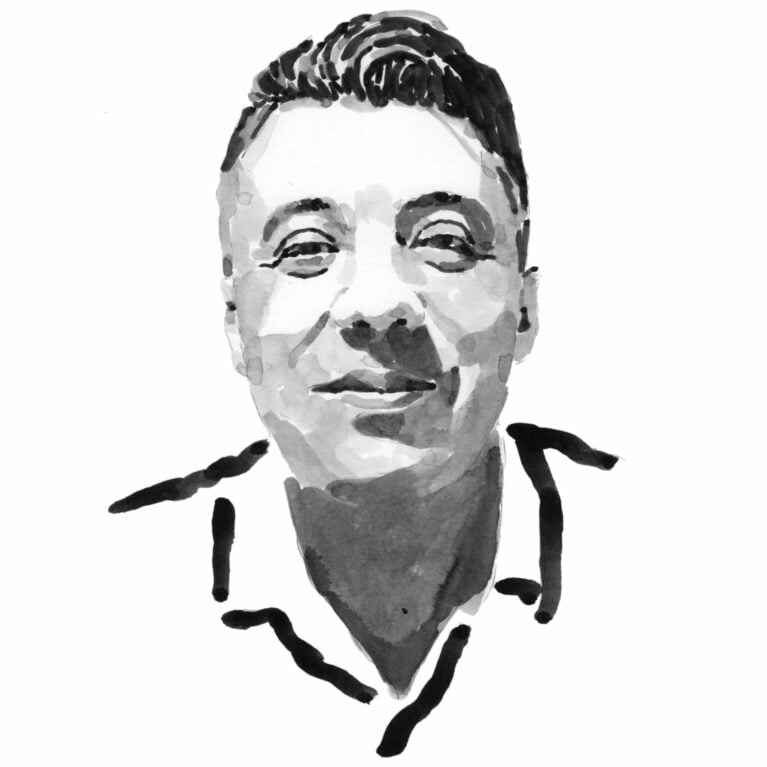Alejandro Gonzalez

Who I am
I was born in Tepic in the Mexican province of Nayarit, close to the Pacific Ocean, and for all my 42 years I have loved the sea. As a child I spent incredible days at the beach, playing with my cousins on the shore, exploring and sometimes getting walloped by the waves. This love for the sea led to my decision to study oceanology, so that I could try to understand the science behind the importance of the ocean to humans, make an improvement, no matter how big or small, to the marine environment, and protect the life force of the sea. For me there is nothing better in life than to contemplate the sun rising and setting over the waves.
Where I work
For the past 13 years my work has been focused on protecting and managing three national parks and supporting multiple efforts to promote the well-being of the communities I have been part of. At the same time I have been involved in developing different projects in these communities, such as tourism, monitoring species and habitats, and building capacity. Currently I am the director of the biggest marine national park in Mexico, Revillagigedo, which is a marine protected area and one of the seven Natural World Heritage sites in the country. The Revillagigedo National Park was created in November 2017 to protect 148,000 square kilometres (57,000 square miles) of ocean around the four islands of the Revillagigedo archipelago: Clarión, Socorro, San Benedicto and Roca Partida. It falls under the direct management of the federal government and under the jurisdiction of the National Commission of Natural Protected Areas and the Secretary of the Navy. The park protects 389 fish species, 16 of which are endemic. The remoteness of the archipelago has assisted the conservation of large concentrations of marine megafauna, including abundant and diverse elasmobranchs. Twenty-eight shark species have been recorded and the islands are an important breeding site for silvertip, whitetip reef and Galápagos sharks, as well as home to one of the largest known aggregations of oceanic manta rays. IUCN Red-listed species such as the whale shark, hawksbill turtle and scalloped hammerhead shark also occur here.
What I do
Helping to protect Revillagigedo National Park – the largest no-take zone in North America – is challenging and a great responsibility. Each day I try to marshal resources from various institutions to ensure that all the natural processes continue and that the park’s populations of highly mobile species – the tuna, sharks, giant mantas and marine mammals – not only survive, but increase in number. This involves lobbying, ensuring that there is enough personnel, providing scientific and technical data and securing strong collaboration and commitment. I also work to improve the park’s capacity to conduct marine patrols and intercept potentially illegal vessels. An important aspect of this involves forming alliances with communities to prevent any illegal activities inside the park, such as commercial or sport fishing, from impacting our conservation objectives.
